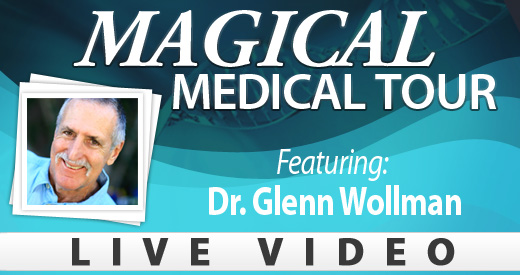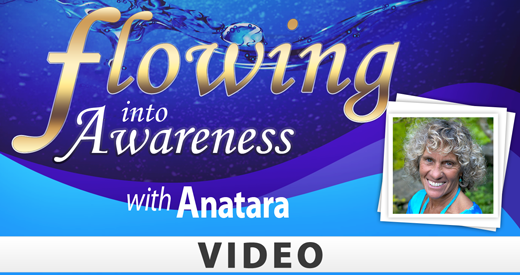| YogaHub |  |
Hope
It seems that hope may be one of the biggest reasons why we have not advanced pain science, education, research and policy in society, in higher education, and in research.
It’s not my intention to point fingers here. Rather, it is to ask those reading to seriously consider the impact of ‘no strong message of hope’ in the area of pain management.
When there is no hope for change, doesn’t hope become an enemy in itself?
When people in pain are provided with no hope, why would they lobby for change?
When health professionals feel helpless to create lasting change in alleviating the pain of their patients, why would they want to work with people in pain?
When efforts to increase public awareness and to change political will do not include a message of hope, can we really expect much success?
Over the years of educating the public and health professionals, there has been one outcome that has grown in significance for me – creating a feeling of optimism. I didn’t pay much attention to this at first. Making certain that the participants knew the facts, and that they knew as many self-management ideas as possible, seemed the most important outcome. I believe this came partly from my experience of physical therapy education – our continuing education sessions place a higher value on learning new information and new things to do to patients than they do on learning new perspectives or spending time challenging our beliefs.
Hope had slowly been growing in importance in my efforts to educate health professionals and people in pain. Then it accelerated, at first without my even realizing it. Then Pain BC reached out and touched me. Here was a group with HOPE. I didn’t notice the word in their strategic plan, but each member had hope for people in pain. Each member had hope that we could make a positive impact on health care by enhancing education.
Pain is horrible; it impacts so many people. Few people know much about either of these facts. Yet, even knowing how horrible pain can be may not be enough to lead to the changes we need in health care education, health policy, and pain management. Without a message of hope, our success at change will be more difficult. The pain world needs its own yellow carnation!
[tags] hope, pain, goal, health professionals, training, people in pain, self management, Pain BC, education, [/tags]






